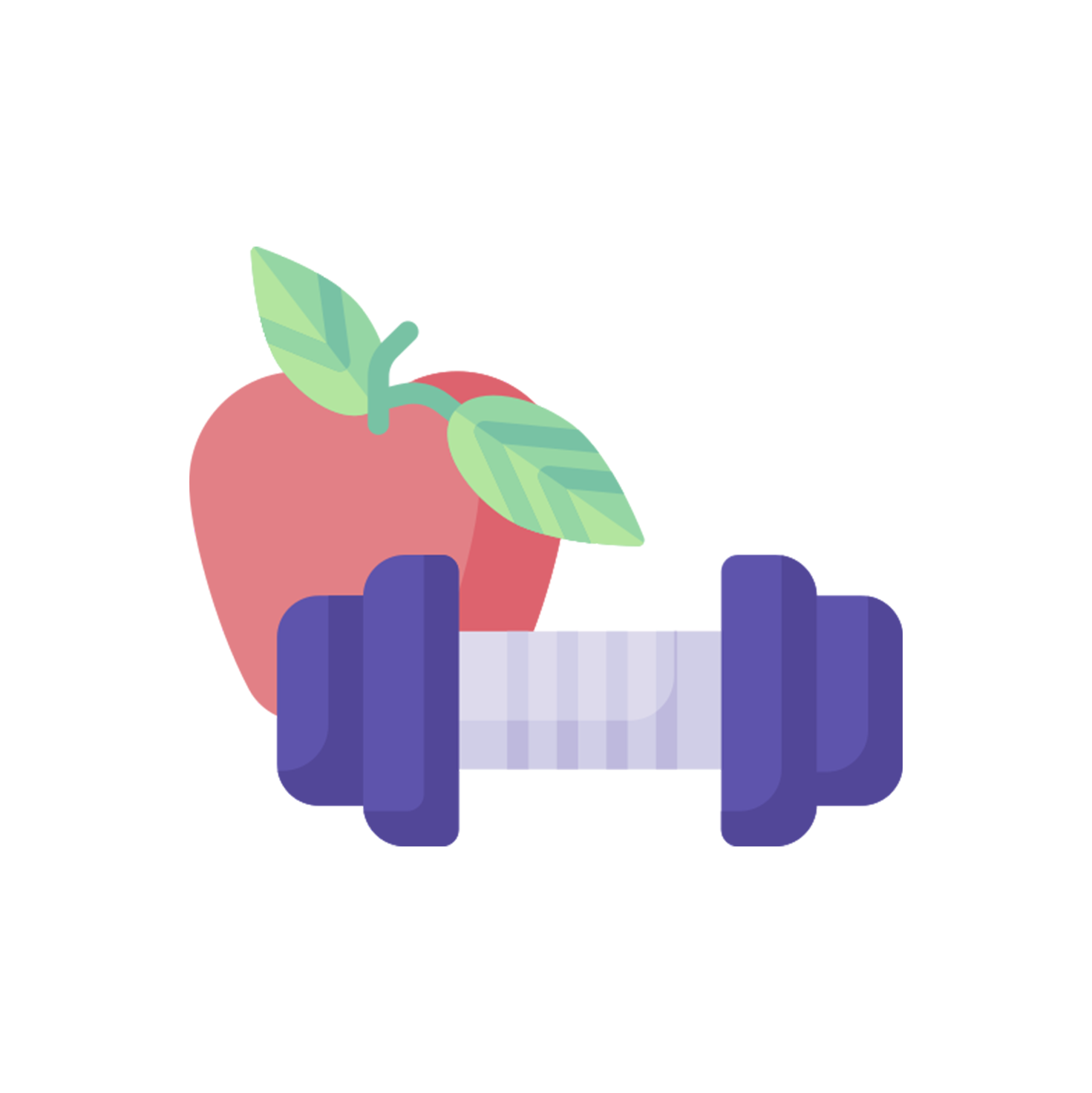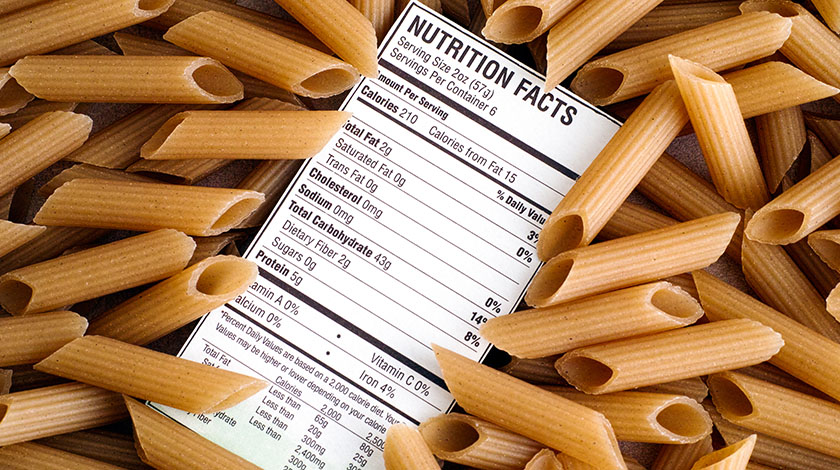If you’ve started watching your diet, paying close attention to food labels is a must. It’s easy to feel a little overwhelmed by all the ingredients, serving information and nutritional statistics. That’s why it’s important to know what to zoom in on, and how to make sense of all that jargon!
Nutritional information
If your priority is consuming a nutrient-packed and balanced diet, your first priority should be the list of nutritional values. This list will tell you how much protein, carbohydrates, salt, sugar, dietary fiber, etc can be found in a single serving (or, alternatively, 100 grams) of that particular food.1 Pay close attention to the serving size — 12 grams of fat for a serving of potato chips may sound relatively acceptable, but if a serving is 3 chips then the fat content is actually incredibly high! You should also pay close attention to the following.
Dietary fiber. It is essential for digestive health, ensuring regular and smooth bowel movements. In addition, it contributes to a feeling of satiety, helping you curb those hunger pangs and resist the urge to snack. Aim for at least 30 grams per day!2
Carbohydrates. Food labels always provide two figures for carbohydrates — the total figure (including both starch and sugars) and the amount of sugars.1 As carbohydrates are calorie-dense, you should stay away from high-carbohydrate foods if you’re trying to diet.
Sugar. High-sugar foods should be consumed only extremely sparingly as these can contribute to diabetes risk. Try not to consume more than 30 grams of sugar per day.3
Fats. Food labels break down the total amount of fat into saturated and unsaturated fat. Saturated fats has been linked to obesity, heart disease, high cholesterol and diabetes. Unsaturated fats help to fight cholesterol buildup and contain essential fatty acids, but remain high in calories. On a daily basis, the average person should consume no more than 70 grams of fat and no more than 20 grams of saturated fat.2
Ingredient list
Ingredient lists can often be complex for those not well-versed in food chemistry. Sugar alone can manifest itself as dextrose, fructose, glucose and more! But being able to understand it will let you fully understand what you put into your mouth. Be skeptical of nutritional claims made for advertising or promotional purposes, such as “high-fiber” or “less sugar”.
The Committee on Reduction of Salt and Sugar in Food
To provide Hong Kong consumers with a clearer and easier means to identify healthy food, the Committee on Reduction of Salt and Sugar in Food has launched a labeling scheme that identifies pre-packaged food with lower salt and sugar content. There are about 100 existing types of food and drinks that meet such government standards, and are labeled “low sodium”, “no sodium”, “low sugar” and “no sugar”.4 It offers great convenience for local health-conscious individuals to spot food that they are looking for.
By learning to read a food label quickly and accurately, you can determine the veracity of these claims for yourself, and know exactly what you’re putting into your body!
Sources
- Food labels. NHS Choice. Visited 12 April 2016.
- GDA labelling. Food and Drink Federation. Visited 12 April 2016.
- Carbohydrates and Health. SACN. Visited 12 April 2016.
- Hong Kong food products with healthy sugar or salt levels to be labelled for easier consumer choice. South China Morning Post. Visited 16 October 2017.
© Cigna Healthcare 2023
Information provided in this article is intended for health and fitness purposes only and is not intended for use in the diagnosis of disease or other conditions, or in the cure, mitigation, treatment or prevention of disease (see Terms & Conditions for details). Any health-related information found in this article is available only for your interest and should not be treated as medical advice. Users should seek any medical advice from a physician, especially before self-diagnosing any ailment or embarking on any new lifestyle or exercise regime. Any information contained in this article may not be suitable, accurate, complete or reliable. Cigna Healthcare accepts no responsibility for the content or accuracy of information contained on external websites or resources, or for the security and safety of using them. "Cigna Healthcare" and the "Tree of Life" logo are registered trademarks of Cigna Intellectual Property, Inc. in the United States and elsewhere, licensed for use. All products and services are provided by or through operating subsidiaries, and not by The Cigna Group.





